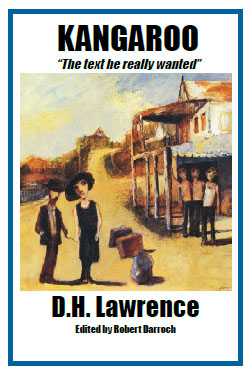D.H . Lawrence's 99 Days in Australia
KANGAROO
A NEW EDITION OF LAWRENCE'S
EIGHTH MAJOR NOVEL
By ROBERT DARROCH (editor of the new edition)
|
Kangaroo, poor battered creature, is a novel that has suffered more than most other 20th century works of literature – certainly in the DH Lawrence cannon. From the day it was first published in September 1923 (in both the UK Secker edition and the US Seltzer edition) it has had the wrong text – and in the Seltzer case, worse, the wrong ending. Until this new 2019 Svengali Press edition, no published edition – including the 1994 “authoritative” Cambridge University Press critical edition (which also has the wrong ending) – has what Lawrence’s bibliographer, Warren Roberts, called “the text he really wanted”. A number of factors have conspired to inflict this egregious injustice on Lawrence (for some of which, admitedly, he himself was to blame). This calamity of misfortune (and, I feel obliged to add, publishing and editing incompetence) has now – after almost a century – finally been rectified with this new Australian edition. The unfortunate catalogue of error and misadventure was compounded by a history of errant literary criticism and commentary which is, I would venture to say, almost unparalleled in English literature. With a very few honourable exceptions, Lawrence’s eighth major novel has yet to be accorded its proper place, not only in Lawrence’s cannon, but in the roll-call of important 20th-century writing. Why? What has Kangaroo done wrong to be so misunderstood and misrepresented, confining it to the dustbin of minor, insignificant works of literature? (It has been called Lawrence’s worst novel.) Many reasons. But one major one stands out. That is the intrinsic improbability – the unreality, if you like – of its plot or storyline. For a work of art to aspire to be worthy of regard (which any work by Lawrence should, almost by definition, aspire to be) it should be believable to |
the average or common reader. It should be at least within the realm of their imagination. Kangaroo, alas, does not measure up to that quintessential fictional sine qua non. Its plot does not relate to everyday human experience. It is not believable. And therein lies its existential problem. It is a novel, ostensibly, about an English author and his German wife travelling to Australia in 1922 and encountering there a secret army of ex-soldiers who are plotting to prevent a revolutionary takeover by the extreme left – a Communist revolution in fact. Which is precisely what a group of former Australian army officers – referred in the novel as the Diggers and the Maggies – were in reality doing in the otherwise benign Australian landscape. Kangaroo’s storyline is summed up late in the novel in Lawrence’s words: “It was as if the silvery freedom turned and showed the scaly back of a reptile, and the horrible paws.” It is those “horrible paws” which is what the novel is really about, vividly described herewith by one of the 20th century’s greatest storytellers. A special feature of this new Australian edition is the explanatory footnotes at the bottom of each page, explaining local terminology and other aspects of the text that might puzzle readers, or need further elaboration. Significantly, the new text restores Lawrence's original punctuation - and he was very choosy about this aspect of his writing - using in particular his short-dashes, as he originally wrote them, not as in subsequent editions which unilaterally imposed their various rigid "house styles" on Lawrence's hand-written text (specifically adopting the incorrect long-dash, without spacing) - they having decided that they know more about punctuation than Lawrence did (and as a consequence considerably distorting what he wanted to say). So this new text, for the first time, is punctuated as he had originally wanted and intended. (Robert Darroch welcomes comment and feedback. His email address is rob@cybersydney.com.au) |
Previous Editions of Kangaroo
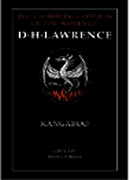 |
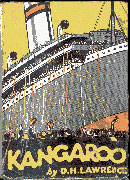 |
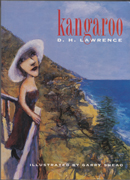 |
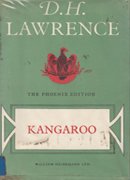 |
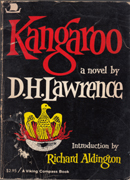 |
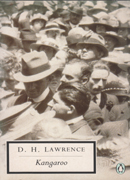 |
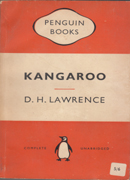 |
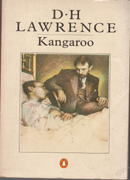 |
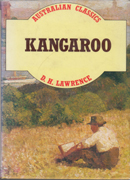 |
